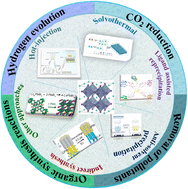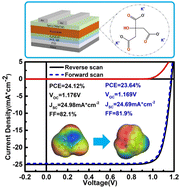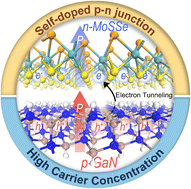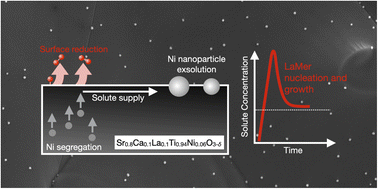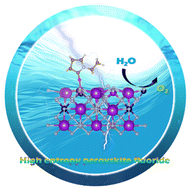J. Mater. Chem. A, 2023, Advance Article
DOI: 10.1039/D3TA04802K, Paper
DOI: 10.1039/D3TA04802K, Paper
Chao Yang, Ran Guo, Yu Wu, Baowei Pan, Jiatang Wang, Jinliang Yuan
Two-step sintering is proposed for preparing a tri-layer skeleton composed of graded nanoparticles. Effects on the sintering behavior, microstructure and stress for graded nanoparticles are investigated by a coarse-grained molecular dynamics method.
To cite this article before page numbers are assigned, use the DOI form of citation above.
The content of this RSS Feed (c) The Royal Society of Chemistry
Two-step sintering is proposed for preparing a tri-layer skeleton composed of graded nanoparticles. Effects on the sintering behavior, microstructure and stress for graded nanoparticles are investigated by a coarse-grained molecular dynamics method.
To cite this article before page numbers are assigned, use the DOI form of citation above.
The content of this RSS Feed (c) The Royal Society of Chemistry

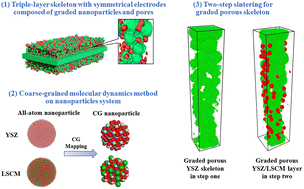
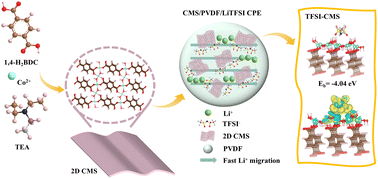
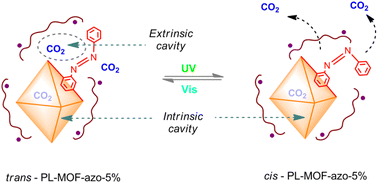
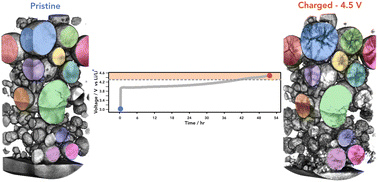
 Open Access
Open Access
